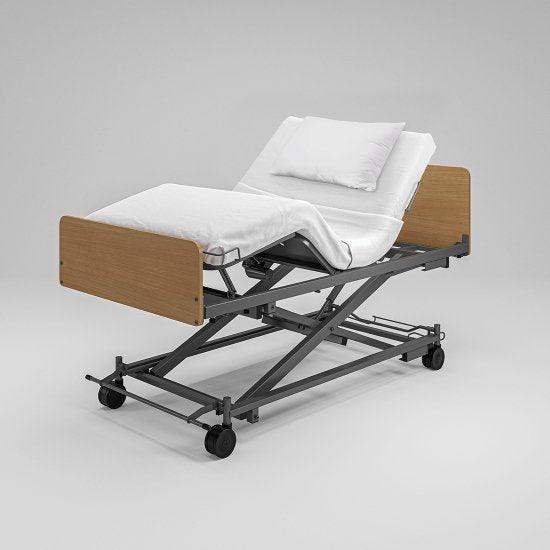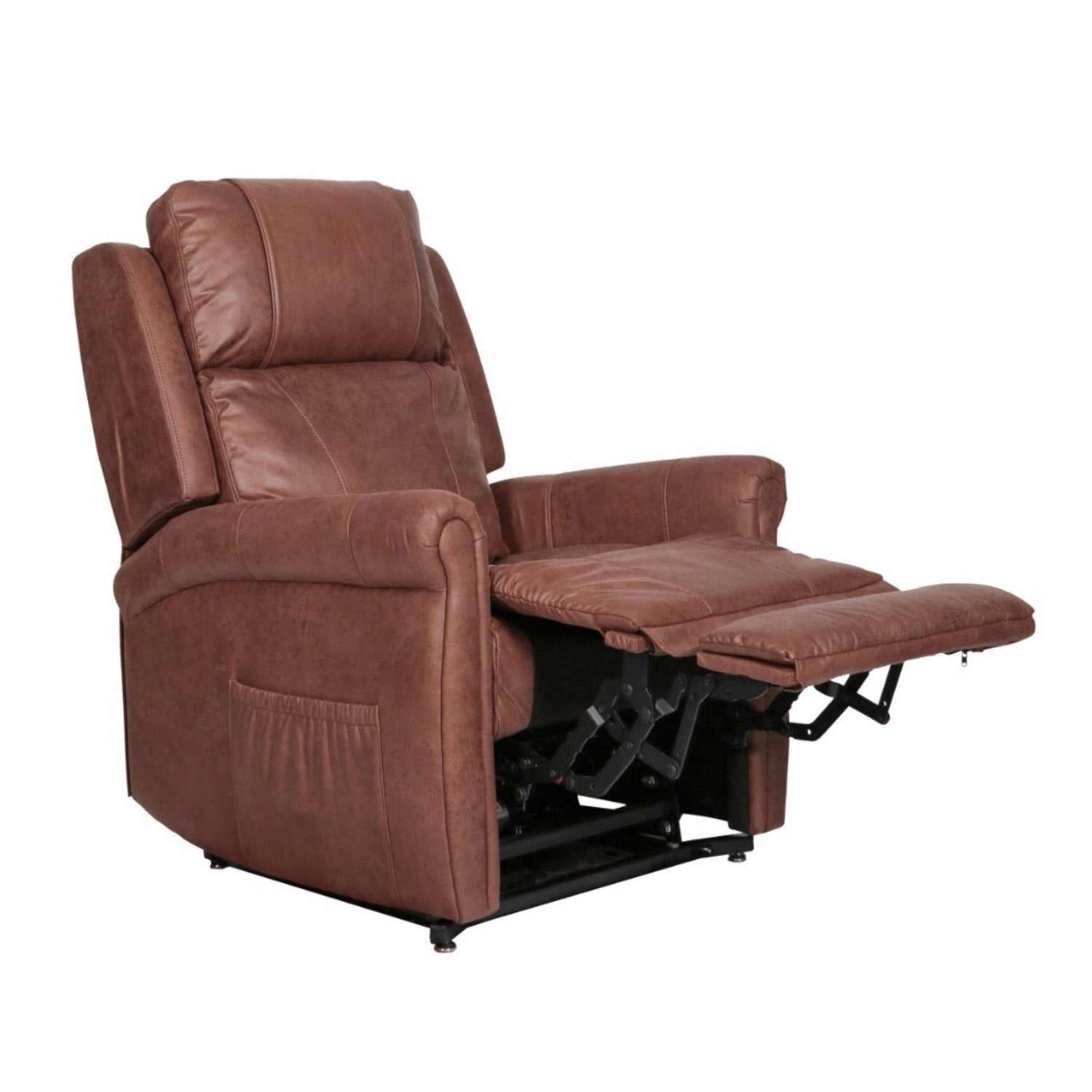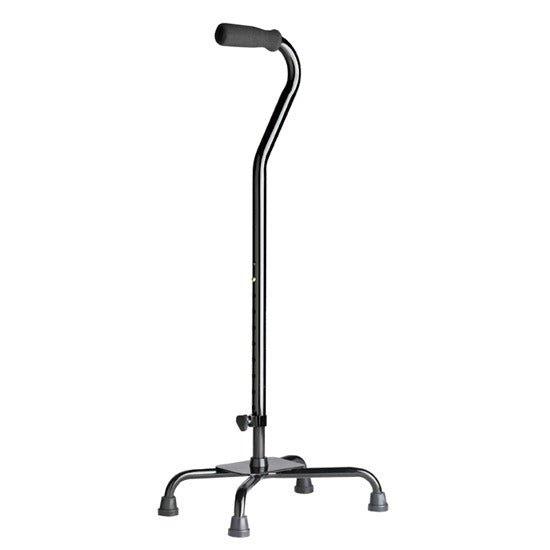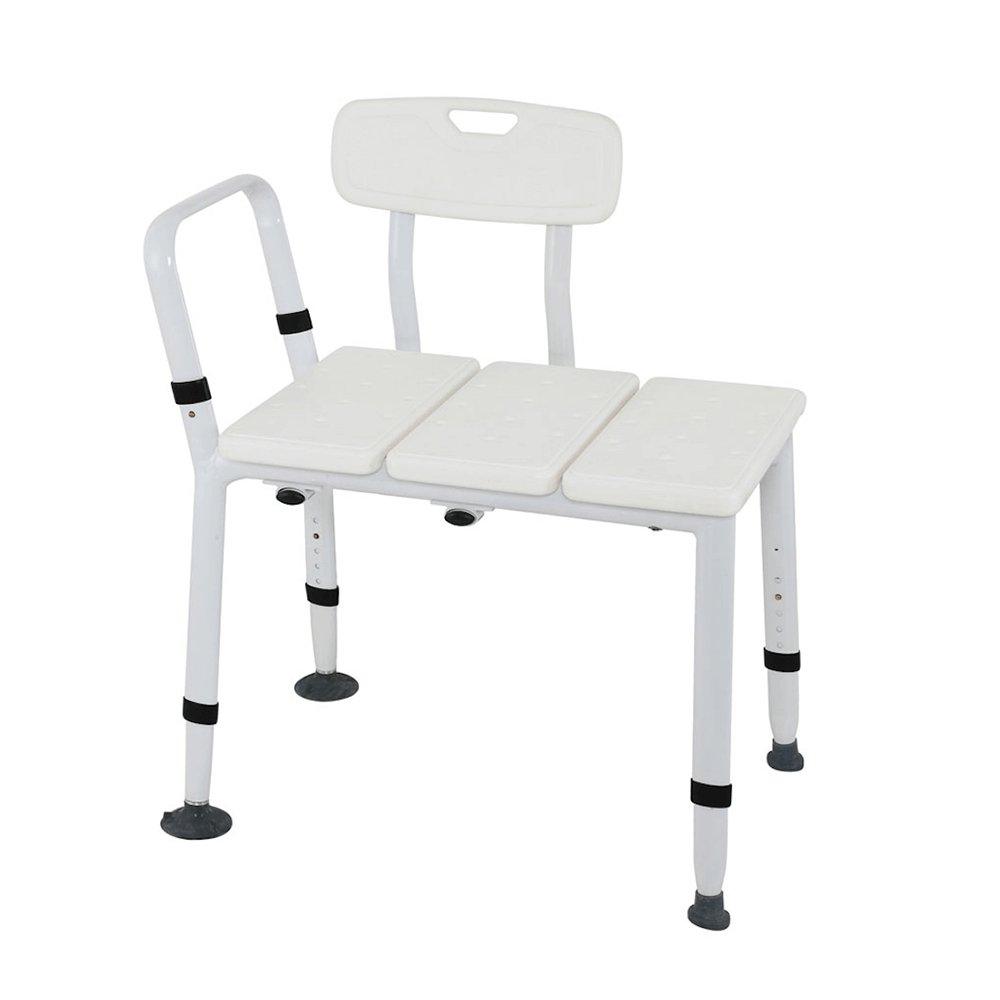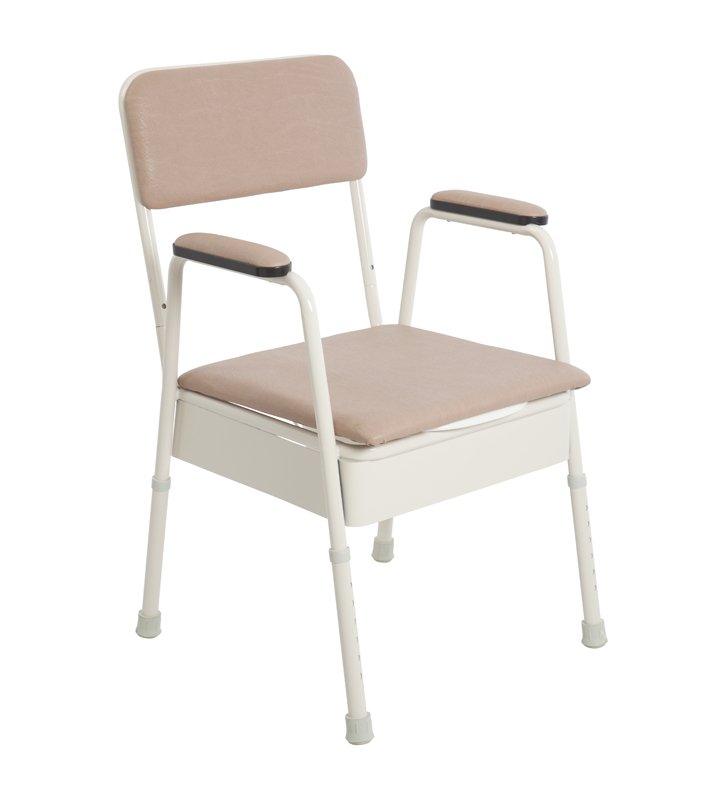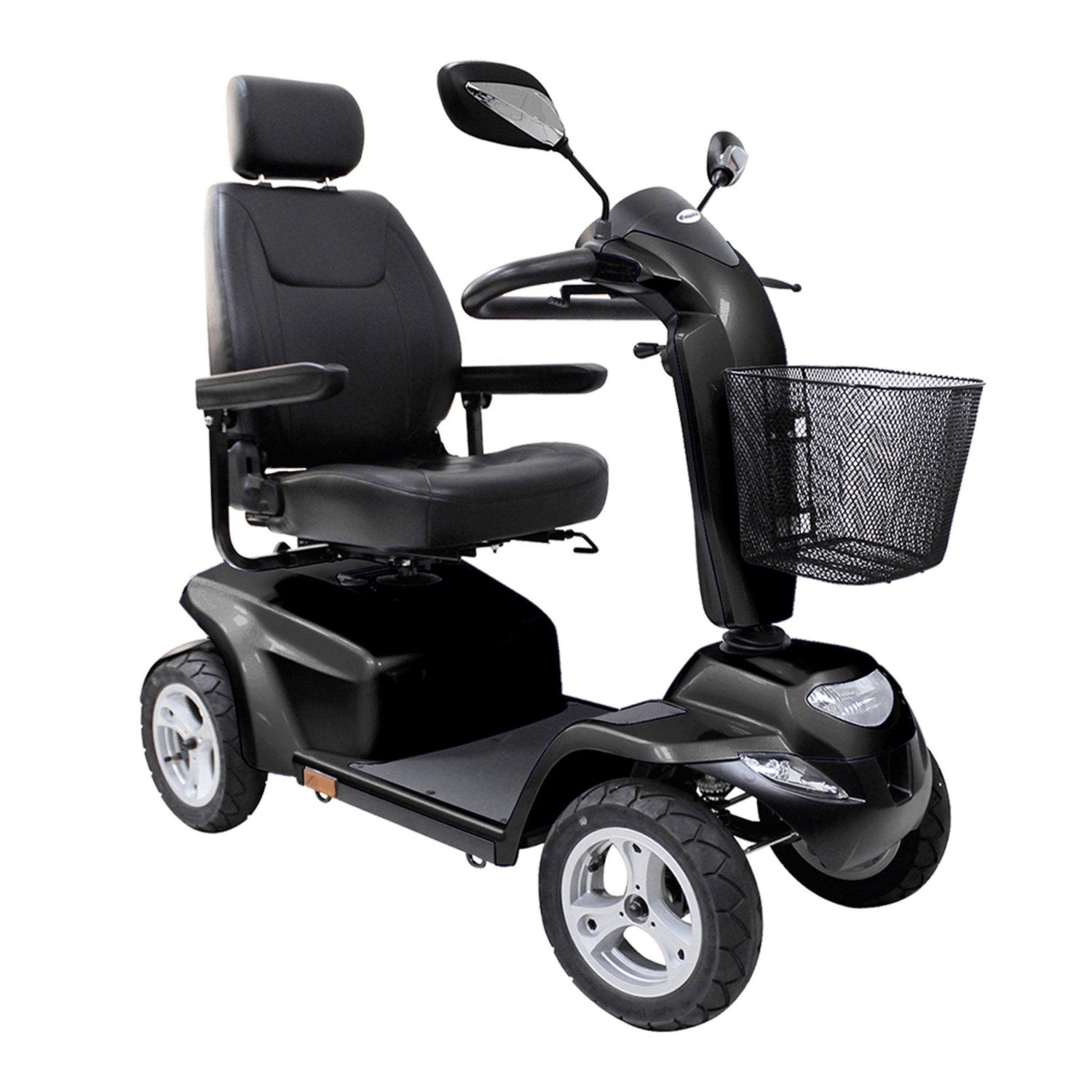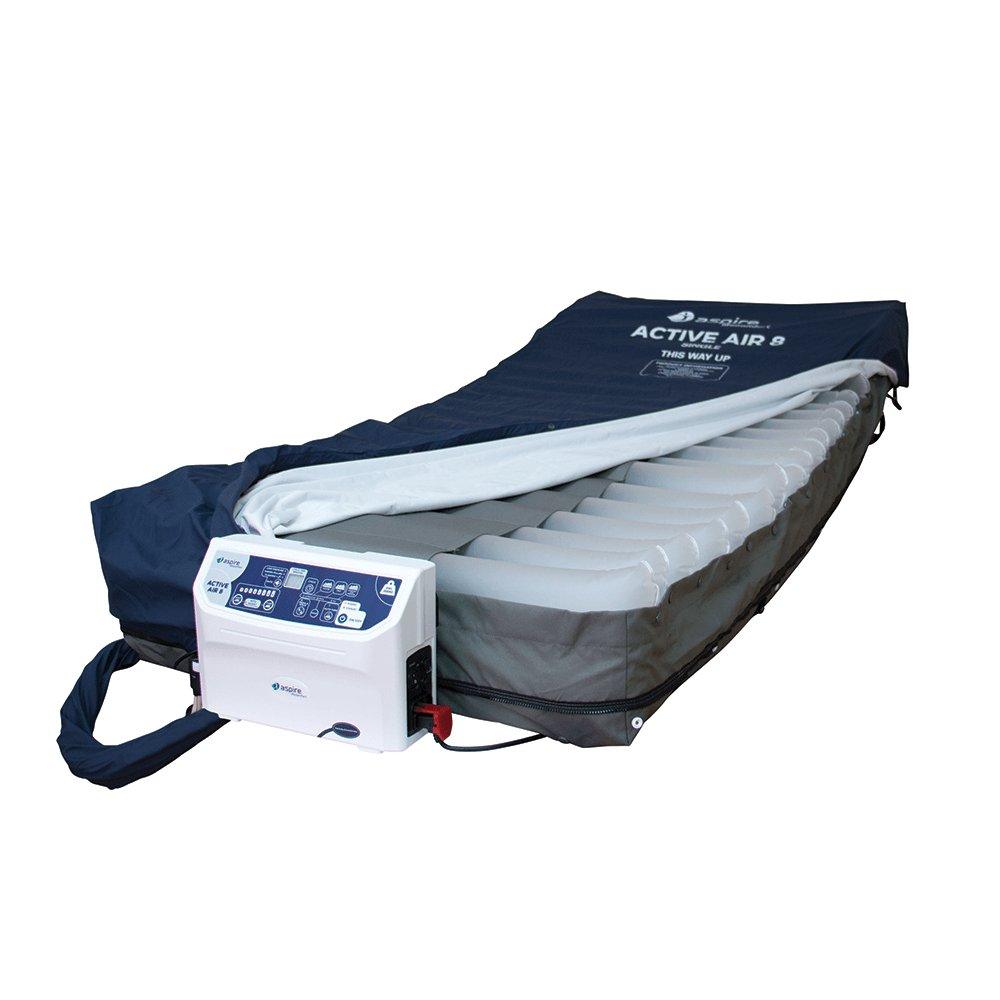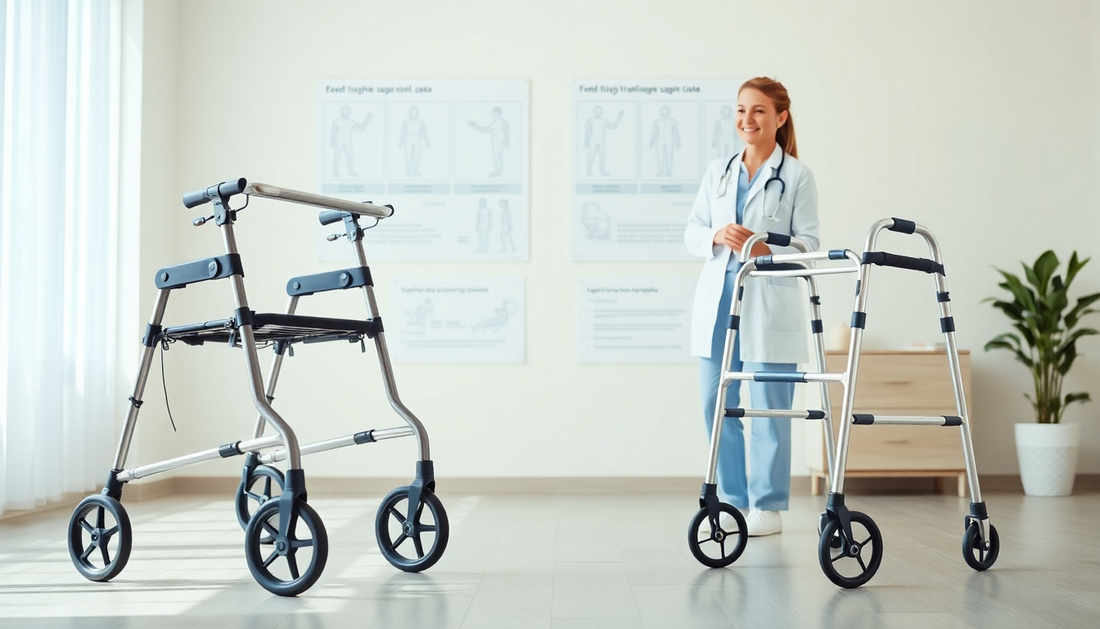
The Best Mobility Aid for You: Rollator Vs Walking Frame
4MOBILITY WAShare This Blog
As we age or face mobility challenges, the decision to use a mobility aid can be a significant one. Two of the most common options are rollators and walking frames, each offering unique benefits and considerations. In this comprehensive guide, we'll explore the key differences between rollators and walking frames, helping you make an informed choice that best suits your needs.
Understanding Rollators
A rollator is a four-wheeled walker that provides stability and support while allowing the user to walk. Rollators are designed with a built-in seat, making them a convenient option for those who may need to rest during longer walks. They often feature handbrakes, storage baskets, and adjustable handles to accommodate different heights.
Rollators are particularly beneficial for individuals who require a bit more support than a traditional walker can provide. They offer a stable base, making it easier to navigate uneven surfaces or longer distances. The wheels allow for a more natural gait, reducing the strain on the user's arms and shoulders.
Advantages of Rollators
- Increased Mobility: Rollators enable users to cover more ground with less effort, making them ideal for those who need to walk longer distances.
- Integrated Seating: The built-in seat allows users to rest when needed, reducing fatigue and improving overall endurance.
- Improved Stability: The four-wheeled design provides a stable base, reducing the risk of falls and improving confidence during ambulation.
- Customizable Features: Rollators often come with adjustable handles, brakes, and storage options, allowing for a more personalized fit and functionality.
Considerations for Rollator Users
- Maneuverability in Tight Spaces: Rollators may have a larger footprint than traditional walkers, making them less suitable for navigating tight spaces or crowded environments.
- Weight and Portability: Rollators tend to be heavier than walkers, which can make them more challenging to transport or store.
- Terrain Limitations: While rollators are suitable for indoor and outdoor use, they may struggle on uneven or soft surfaces, such as gravel or deep carpets.
Understanding Walking Frames
A walking frame, also known as a walker, is a simple, four-legged mobility aid that provides a stable base for users to hold onto while walking. Walking frames are typically made of lightweight materials, such as aluminum, and do not have wheels, requiring the user to lift and move the frame with each step.
Walking frames are often recommended for individuals who require more support and stability during ambulation, particularly those recovering from an injury or surgery, or those with balance or coordination issues.
Advantages of Walking Frames
- Enhanced Stability: The four-legged design of a walking frame offers a sturdy and secure base, providing a high level of support and stability for the user.
- Versatility: Walking frames can be used both indoors and outdoors, and are suitable for a wide range of surfaces, including carpets, tiles, and uneven terrain.
- Lightweight and Portable: Walking frames are generally lighter and more compact than rollators, making them easier to transport and store.
- Cost-Effective: Walking frames are often more affordable than rollators, making them a more accessible option for some users.
Considerations for Walking Frame Users
- Limited Mobility: Without wheels, walking frames require the user to lift and move the frame with each step, which can be more physically demanding and limit the distance they can cover.
- Lack of Seating: Walking frames do not have a built-in seat, which means users must find alternative places to rest during longer walks.
- Potential Strain on Arms and Shoulders: The need to lift and move the walking frame with each step can place additional strain on the user's arms and shoulders, which may be a concern for individuals with upper body weakness or joint issues.
Choosing the Right Mobility Aid
When deciding between a rollator and a walking frame, it's essential to consider your specific needs, abilities, and lifestyle. Here are some factors to keep in mind:
-
Mobility and Endurance: If you need to cover longer distances or require the ability to rest during your walks, a rollator may be the better choice. However, if you have good upper body strength and prefer a more compact, lightweight option, a walking frame may be more suitable.
-
Stability and Balance: If you have significant balance issues or require a high level of stability, a walking frame may provide the extra support you need. Rollators can also offer excellent stability, but the four-wheeled design may feel less secure for some users.
-
Terrain and Environment: Rollators are generally better suited for indoor and outdoor use on smooth, even surfaces. Walking frames, on the other hand, can handle a wider range of terrains, including carpets, gravel, and uneven ground.
-
Personal Preferences and Lifestyle: Consider your personal preferences, such as the importance of having a built-in seat or the ability to store personal items. Additionally, think about how you'll be using the mobility aid – for example, if you need to navigate tight spaces or travel frequently, a walking frame may be more convenient.
Ultimately, the choice between a rollator and a walking frame comes down to your individual needs, preferences, and lifestyle. It's always best to consult with a healthcare professional, such as an occupational therapist or physiotherapist, who can assess your specific requirements and provide personalized recommendations.
Conclusion
Choosing the right mobility aid is a crucial decision that can significantly impact your quality of life and independence. By understanding the key differences between rollators and walking frames, you can make an informed choice that best suits your needs and empowers you to maintain an active and fulfilling lifestyle. Remember, your mobility is essential, and with the right support, you can continue to explore the world and live life to the fullest.




